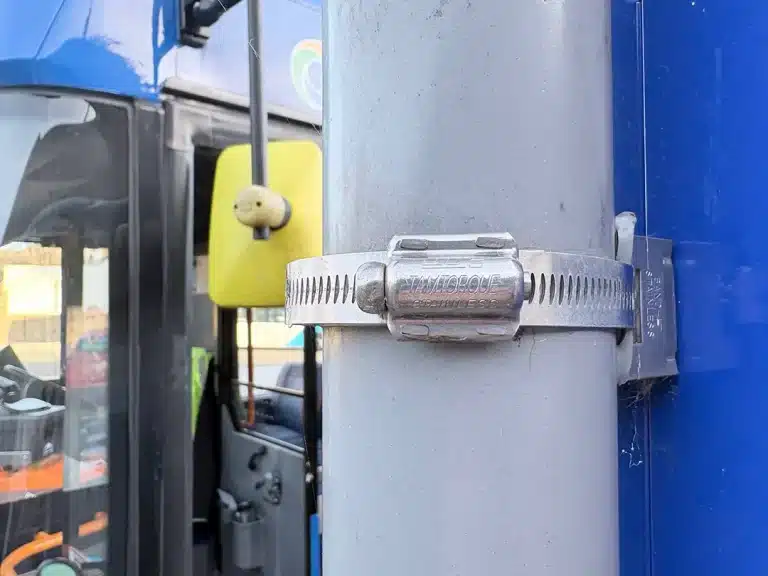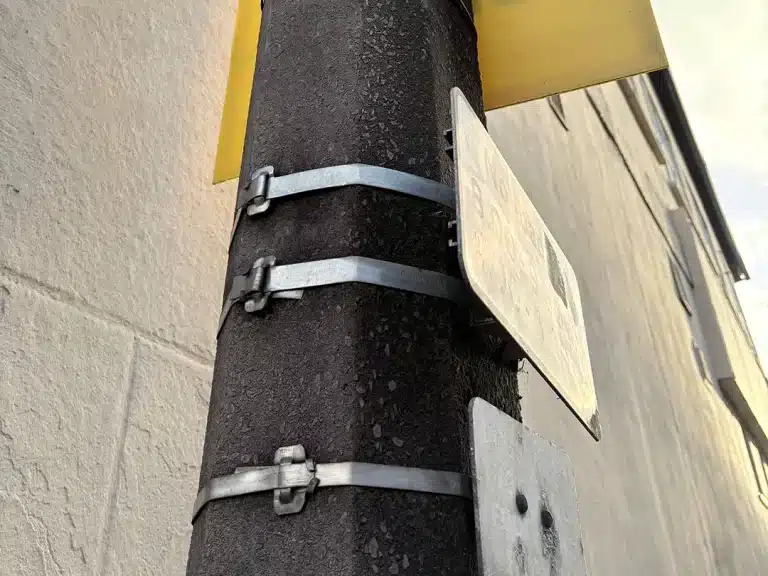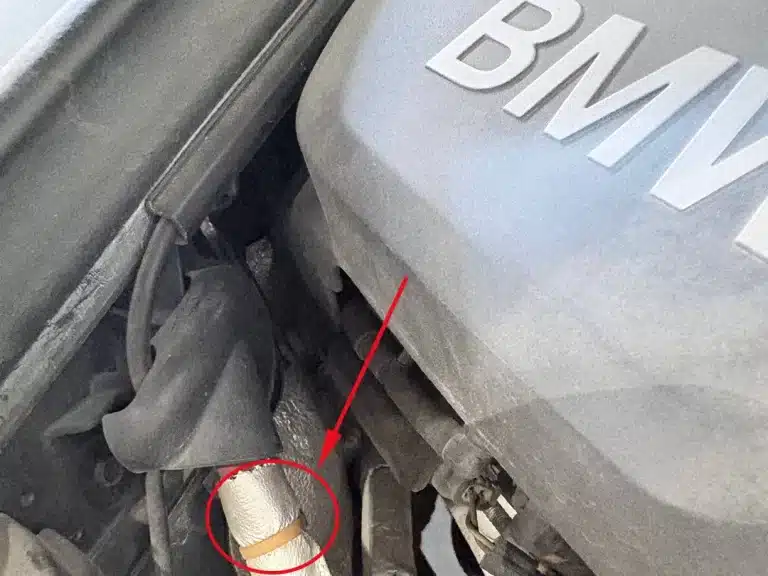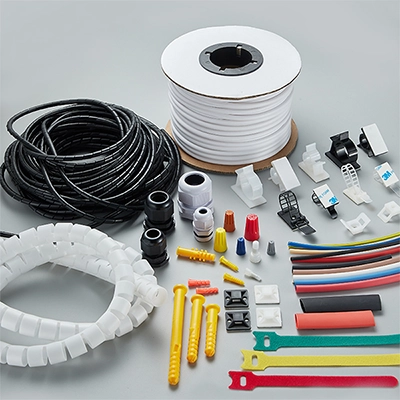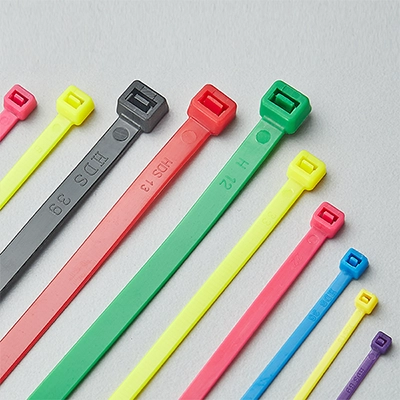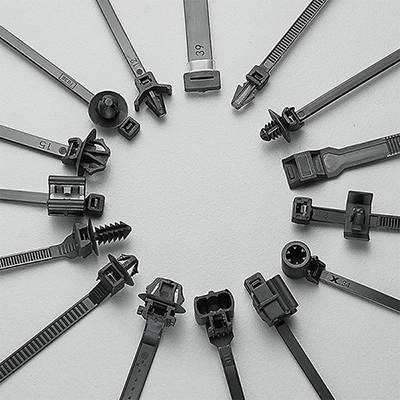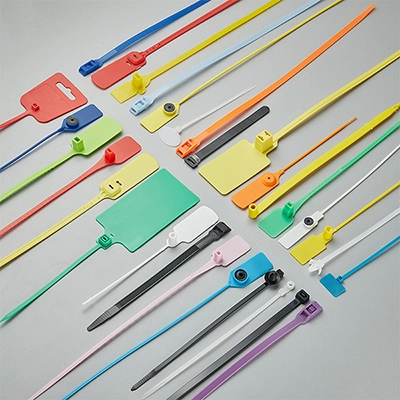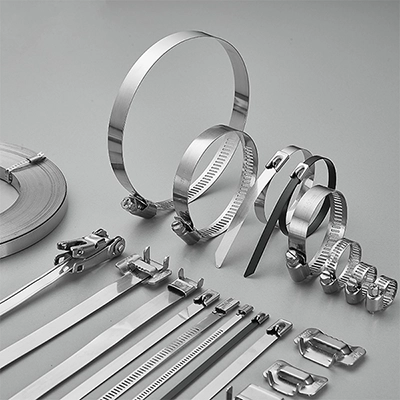Recently, we received a call from Vietnam regarding an issue of why the zip tie gun failed to cut the cable ties. After further research revealed that it is a very common but easily overlooked problem. The main reason isn’t that the gun didn’t work, instead, it is due to the material properties of the cable ties and specific usage conditions of the zip tie gun.
Cable ties and Zip Tie Guns
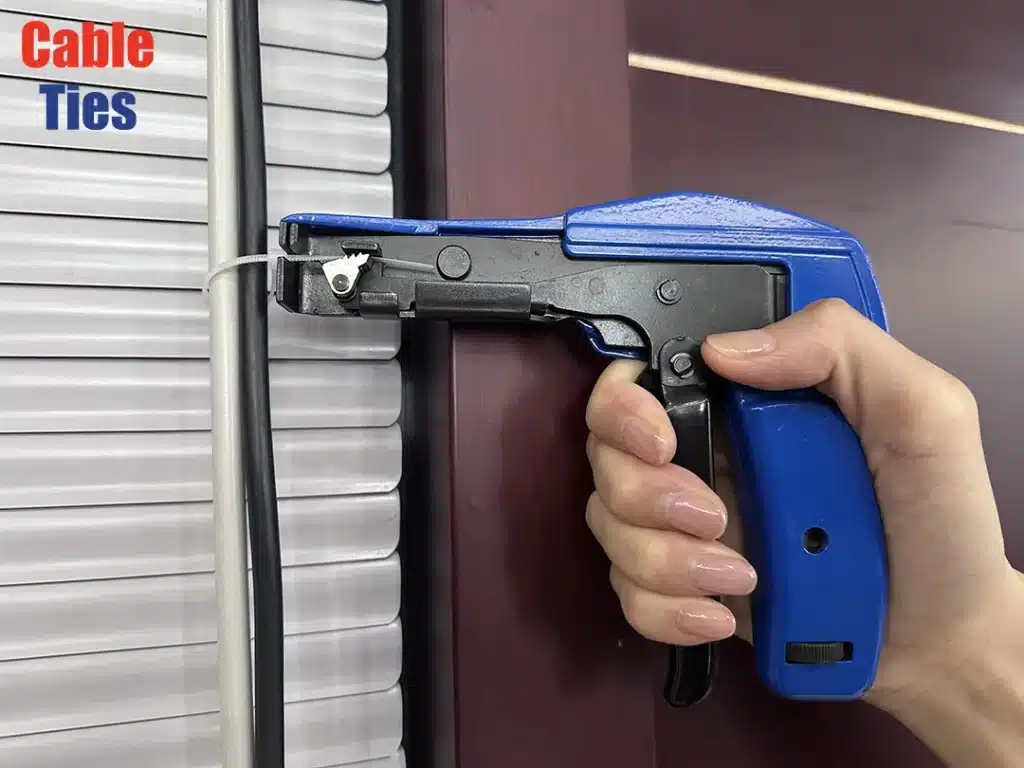
Cable ties are commonly used for cable organizing and object bundling. The most common materials are Nylon 66 (PA66) and Nylon 6 (PA6). The design of cable ties is quite simple: you just need to thread the tail of the tie through the pawl in the head and then pull it tight. The self-locking mechanism will automatically secure it in place. Then, you just need to cut off the excess part. However, particularly small sizes, such as 2.5x100mm or even smaller, like 1.8x60mm, are hard to operate, because they are too small to handle in hands. So a zip tie gun becomes a helpful tool.
A zip tie gun is a specialized tool designed to tighten and cut cable ties. However, in practice, many users find that the zip tie gun failed to cut the cable ties. In the following section, we will detail the reasons and provide some appropriate solutions.
Cause Analysis: Why the Zip Tie Gun Failed to Cut the Cable Ties
1. Working Principle of a Zip Tie Gun
Different models of zip tie guns operate differently. A basic cable tie gun helps to tighten the tie but needs manual cutting. However, an automatic zip tie gun can cut the ties automatically with built-in cutters after tightening. But if the cable tie can’t be pulled tight enough, the built-in cutter won’t be able to cut the cable tie effectively. This is particularly obvious when the cable tie is too flexible.
2. The Cable Tie is Too Soft
Material Properties of the Cable Ties: The material of cable ties plays a significant role: as mentioned earlier, the most common materials are PA6 and PA66. PA66 is harder, with higher stiffness and hardness, while PA6 is more flexible, offering better flexibility and impact resistance. The differences in these material properties can affect how the ties perform when using a zip tie gun. For example, PA6 ties tend to stretch more easily when tightened (due to their higher elongation at break), which makes it difficult for the gun to pull them tight enough to cut. This problem is particularly noticeable with smaller sizes.
High Moisture Content in Cable Ties: We know that nylon materials have a certain moisture absorption as we mentioned in Water Absorption in Cable Ties. If the cable ties absorb too much moisture during production or storage, they can become overly soft. The moisture acts like a plasticizer, reducing the hardness of the ties and potentially affecting their self-locking function since the pawl gets soft as well. This can also prevent the cable tie gun from properly tightening and cutting the tie.
Excessive Use of Toughening Agents: During the manufacturing process, toughening agents are added to improve the flexibility of nylon cable ties. However, if used excessively, these agents can make the ties too soft, similar to the effect of excessive moisture. It will also affect the cooperation with the zip tie gun.
Environmental Factors: Vietnam’s climate is characterized by high temperatures and humidity, which may cause cable ties to absorb more moisture during storage and use. This further reduces their hardness and strength. In such an environment, cable ties are prone to becoming soft, making it difficult for the cable tie gun to effectively tighten and cut the ties.
Solutions
1. Reduce Moisture During Production
Control Moisture Content: During the production of nylon cable ties, it is crucial to strictly control the moisture content, especially when exporting to regions with high humidity and temperatures, such as Vietnam.
2. Sun Exposure
For cable ties in your hand, you can expose them to sunlight to evaporate the moisture in the ties and increase their hardness. However, this should only be considered a temporary solution. Ideally, we recommend communicating with the cable tie manufacturer in advance so they can customize the zip ties to best suit the specific conditions you used.
3. Change the Cable Tie Material
If the above methods don’t work, you may consider using nylon 66 (PA66) material, which offers better mechanical strength and higher hardness compared to nylon 6 (PA6). For more details on the differences between these two materials, you can refer to the article “Nylon 66 Cable Tie vs Nylon 6 Cable Tie.”
Conclusion
To solve the problem of zip tie guns failing to cut the cable ties mainly lies in controlling the hardness and strength of the cable ties. By reducing moisture during production or exposing the ties to sunlight before use, you can effectively address the problem of cable ties becoming too soft, ensuring the zip tie gun functions properly.
